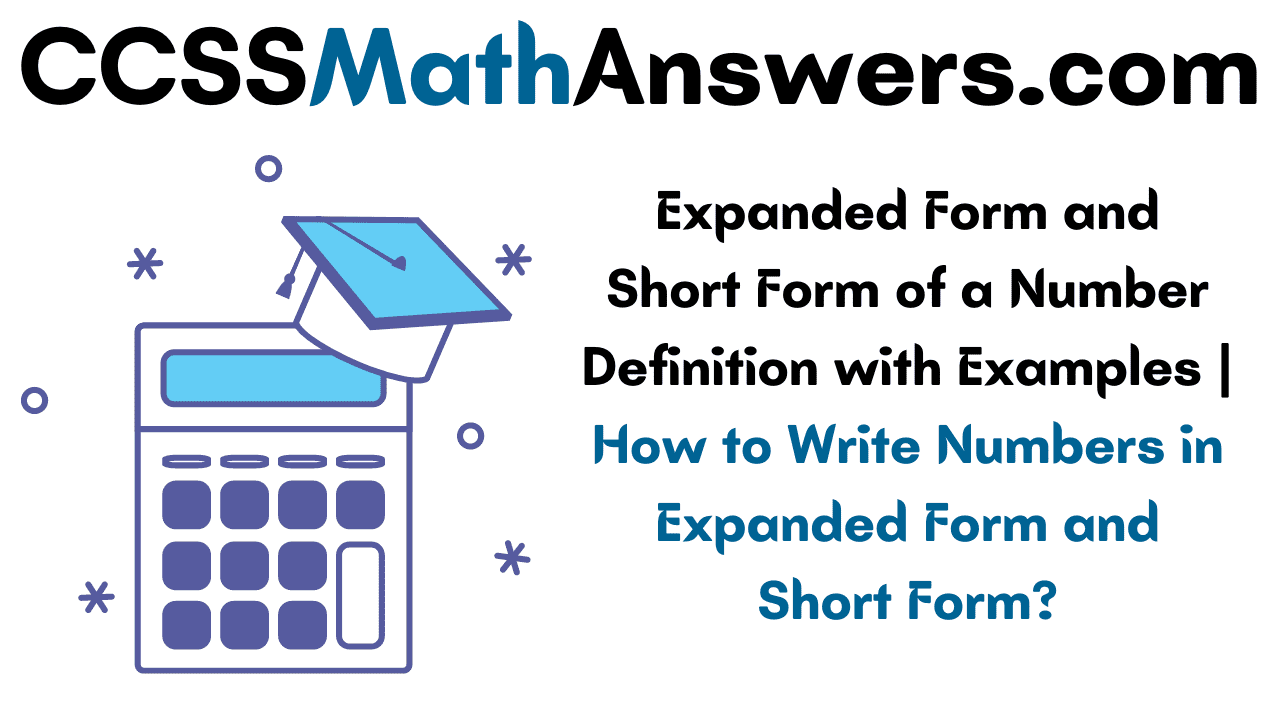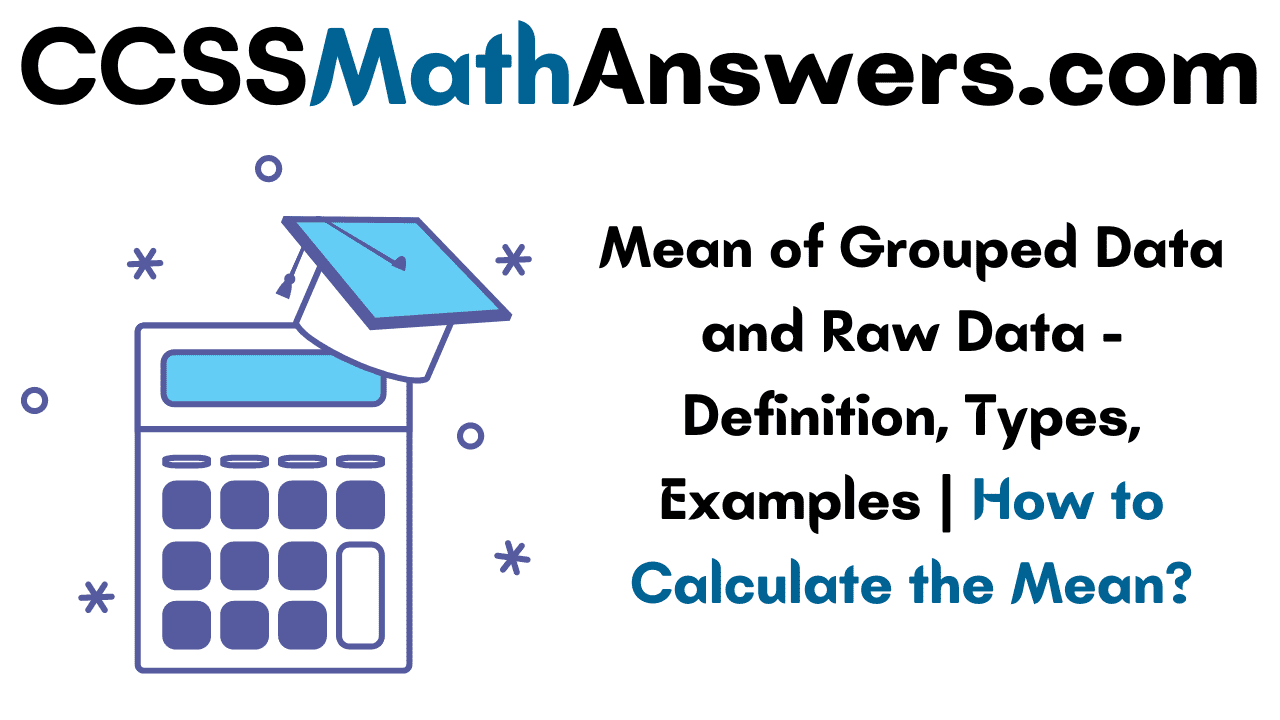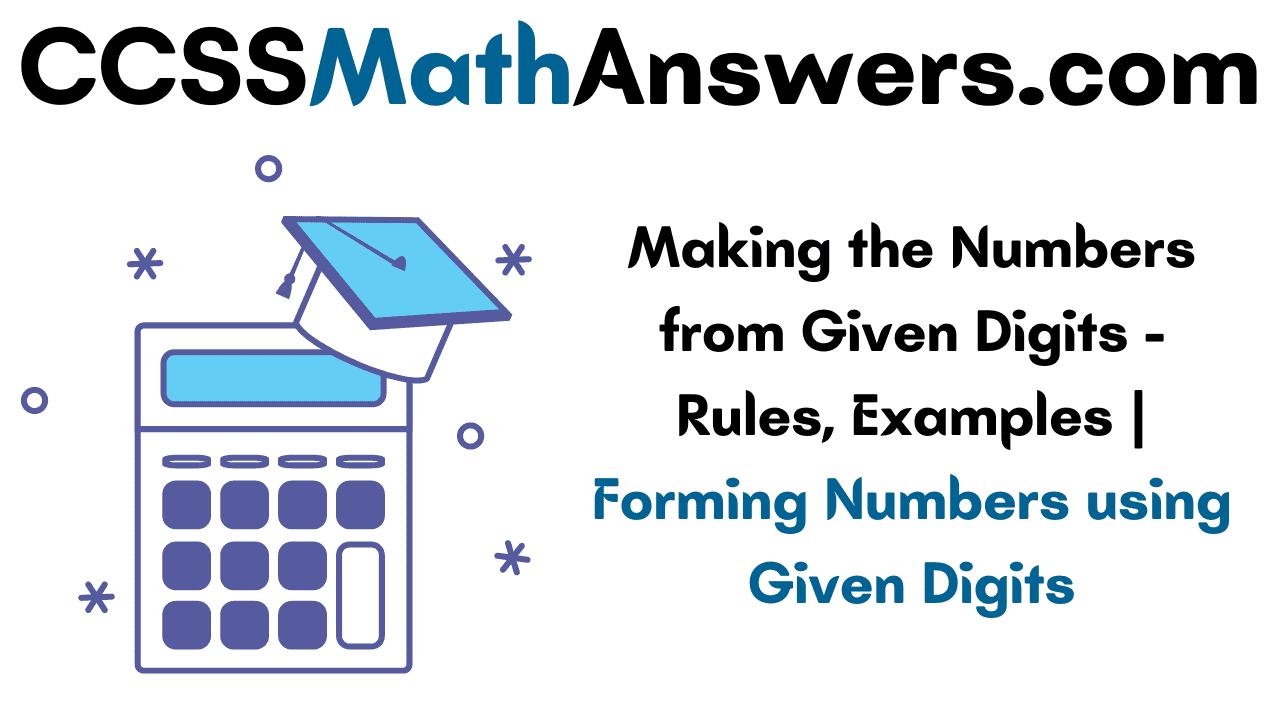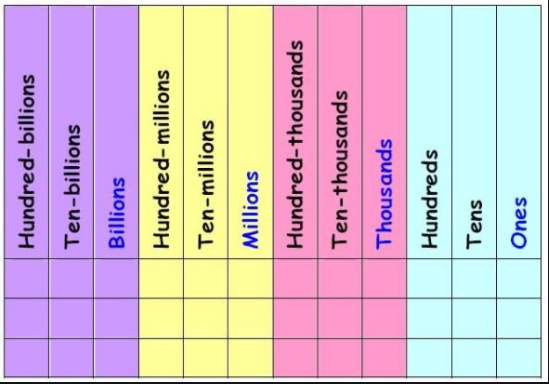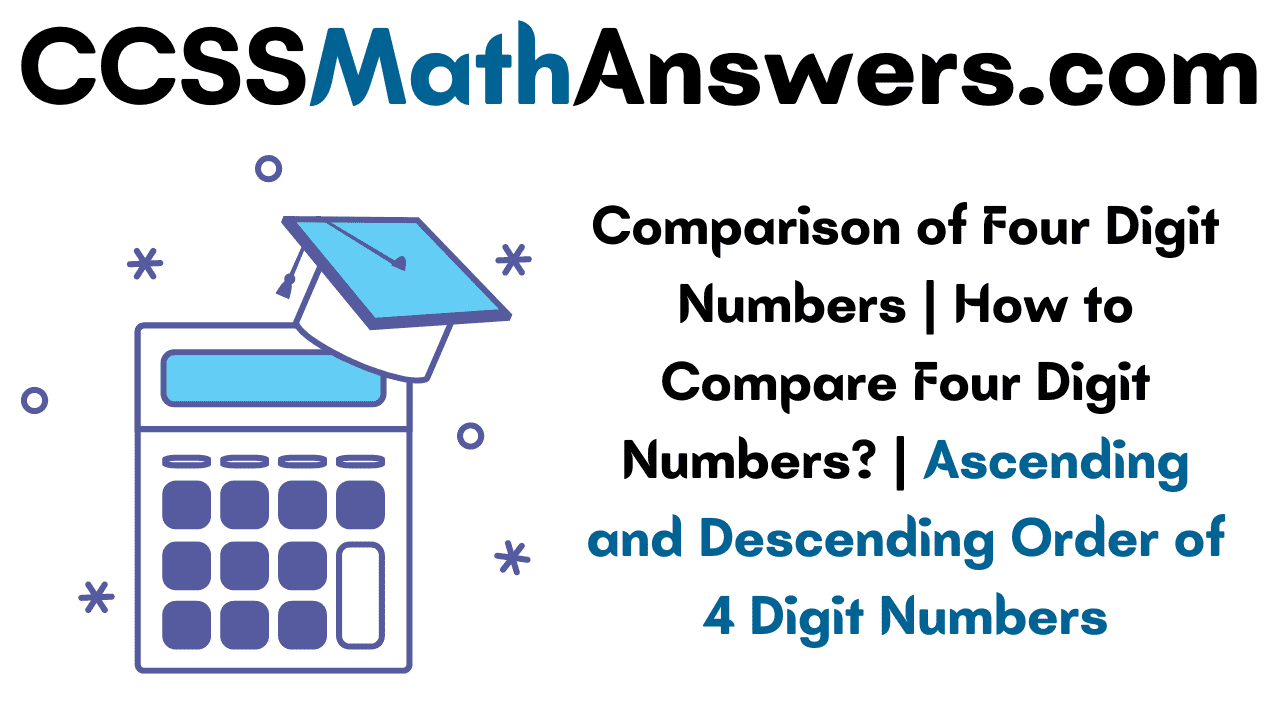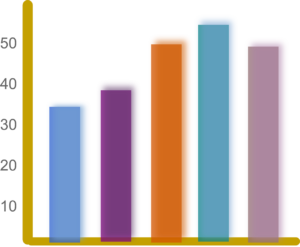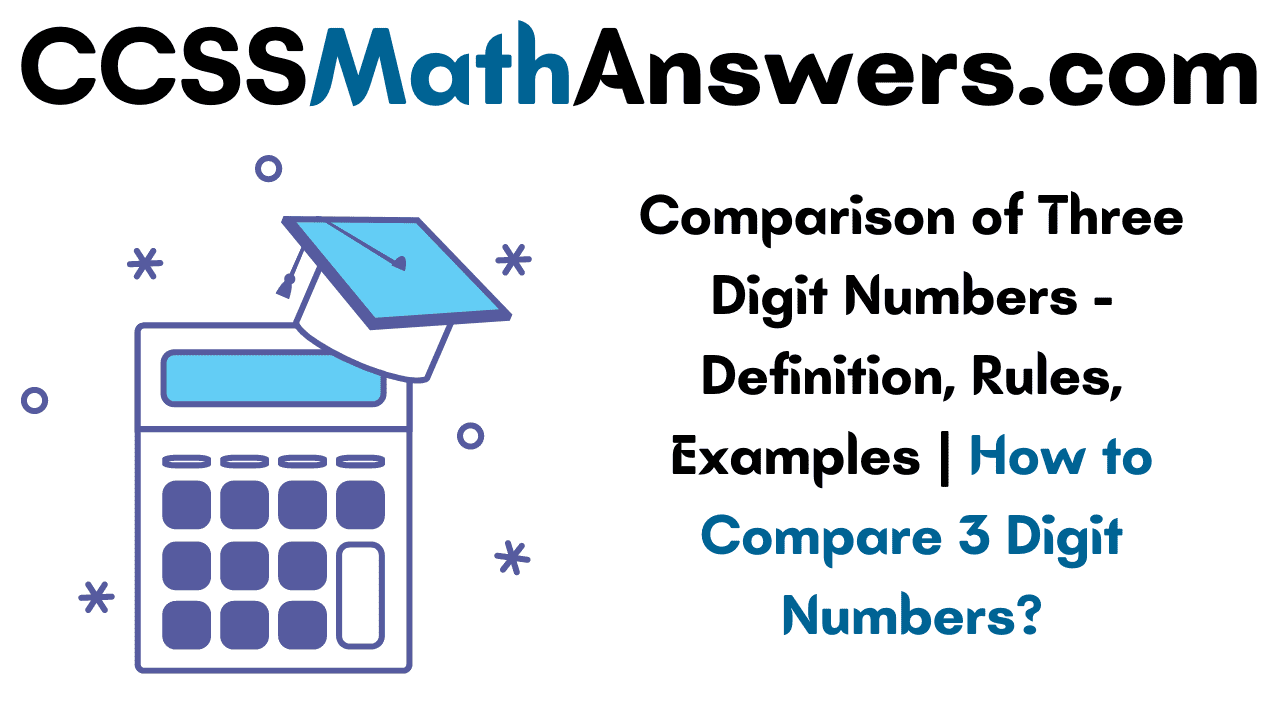Are you Confused about the concept of Expanded Form and Short Form? You have landed at the correct place where you will get plenty of knowledge. This page gives you full details regarding the Number Definition, and How to Write Numbers in Expanded Form and Short Form. You can also check the Solved Examples on the Expanded Form and Short Form of a Number.
Also, Read:
Number – Definition
The number is an arithmetic value that is used to count or represents the number of objects. Digits are used to write numbers.Digits 0, 1, 2, 3, 4, 5, 6, 7, 8, 9 are used to form numbers.The face value of single-digit numbers is the same. i.e. face value of 6 is 6, the face value of 5 is 5, etc. Each digit in the number has a place value. The place value of the number from right to left are units, tens, hundreds, thousands, ten thousand, lakhs, etc.
Expanded Form of a Number
Expanded Notation is a way of writing the numbers and to check the place value of individual digits. Each number has its own place value. Place Value of a digit in a number increases from left to right i.e. digits on left will have lower place value compared to digits on the right. In expanded form, the number is written as a sum of the place values of the digits.
Expanded Form of a Number Examples
Example 1:
Write the Expanded Form of a Number 4563?
Solution:
Write the expanded form of a number 4563
| 4 | 5 | 6 | 3 |
|---|---|---|---|
| thousands | hundreds | tens | ones |
In 4563, the place value of each number is as follows:
The place value of 3 is 3.
The place value of 6 is 60.
The place value of 5 is 500.
The place value of 4 is 4000.
Now express the place values obtained as the sum
4000+500+60+3
The number 4563 can be expressed as 4000+500+60+3 in Expanded Form.
Example 2:
Write the number 54631 in Expanded Form?
Solution:
In 54631, 1 is in units place,3 is in the tens place, 6 is in hundred’s place,4 is in the thousands place, 5 is in ten thousand’s place. The place values of each number are as follows
The place value of 1 is 1.
The place value of 3 is 30.
The place value of 6 is 600.
The place value of 4 is 4000.
The place value of 5 is 50000.
Now express the place values obtained as the sum are
50000+4000+600+30+1.
So 54631 can be written as 50000+4000+600+30+1 in Expanded Form.
Example 3:
Express the number 9654 in Expanded Form.
Solution:
In the number 9654,4 is in units place,5 is in the tens place,6 is in the hundreds place,9 is in the thousands place. The place values of each number are as follows
The place value of 4 is 4.
The place value of 5 is 50.
The place value of 6 is 600.
The place value of 9 is 9000.
Now express the place values obtained as the sum are
9000+600+50+4.
So 9654 can be written as 9000+600+50+4 in Expanded Form.
Example 4:
Write the number 450 in expanded form.
Solution:
In 450, 0 is in units place,5 is in the tens place and 4 is in the hundreds place.
The place value of 0 is 0.
The place value of 5 is 50.
The place value of 4 is 400.
Now express the place values obtained as the sum are
400+50+0
So the number 450 can be expressed as 400+50+0.
Short Form of a Number or Standard Form
Reducing a number depending on the place value is known as Short Form or Standard Form. Short Form of a number or Standard form of number is the sum of all place values. It is the reverse of the Expanded form.
Short Form Of A Number Examples
Example 1:
Write the Short Form of 300+60+4.
Solution:
Given Number is 300+60+4
To find the Short form we will simply add the place values
The Short form of 300+60+4 is 364.
Example 2:
Write the short form of 5000+80+5
Solution:
Given Number is 5000+80+5
To find the Short Form we will simply add the place values
The short form of 5000+80+5 is 5085.
Example 3:
Write the short form of 30000+600+90+5.
Solution:
Given Number in Expanded Form is 30000+600+90+5
To find the Short form we will simply add the place values
The short form of 30000+600+90+5 is 30695.
Example 4:
Write the short form of 900+90+9.
Solution:
Given Number in Short Form is 900+90+9
To find the Short form we will simply add the place values
The short form of 900+90+9 is 999.
FAQ’S on Expanded Form and Short Form
1. What is an Expanded Form?
In Expanded Form, the number is written as the sum of place values of its digits.
2. What is a Short Form?
The short-form or Standard Form of a number is the sum of all the place values.
3. What is the Expanded Form of 9874?
The Expanded form of 9874 is 9000+800+70+4.
4. What is the Short form of 800+90+6?
The Short form of 800+90+6 is 896.
